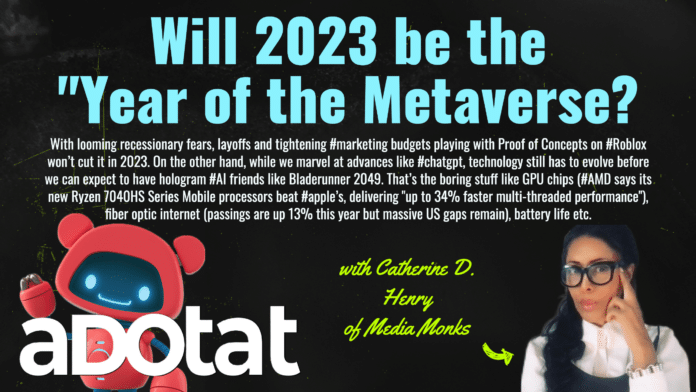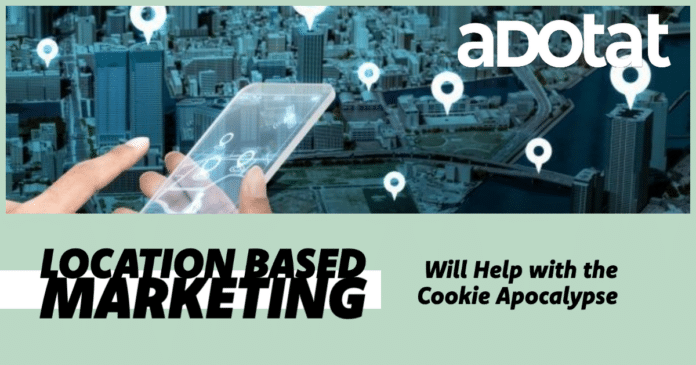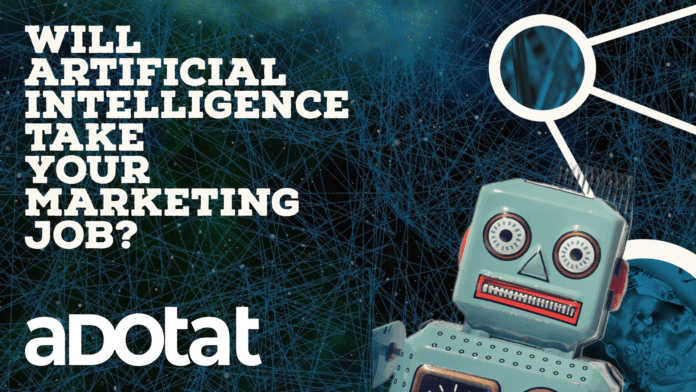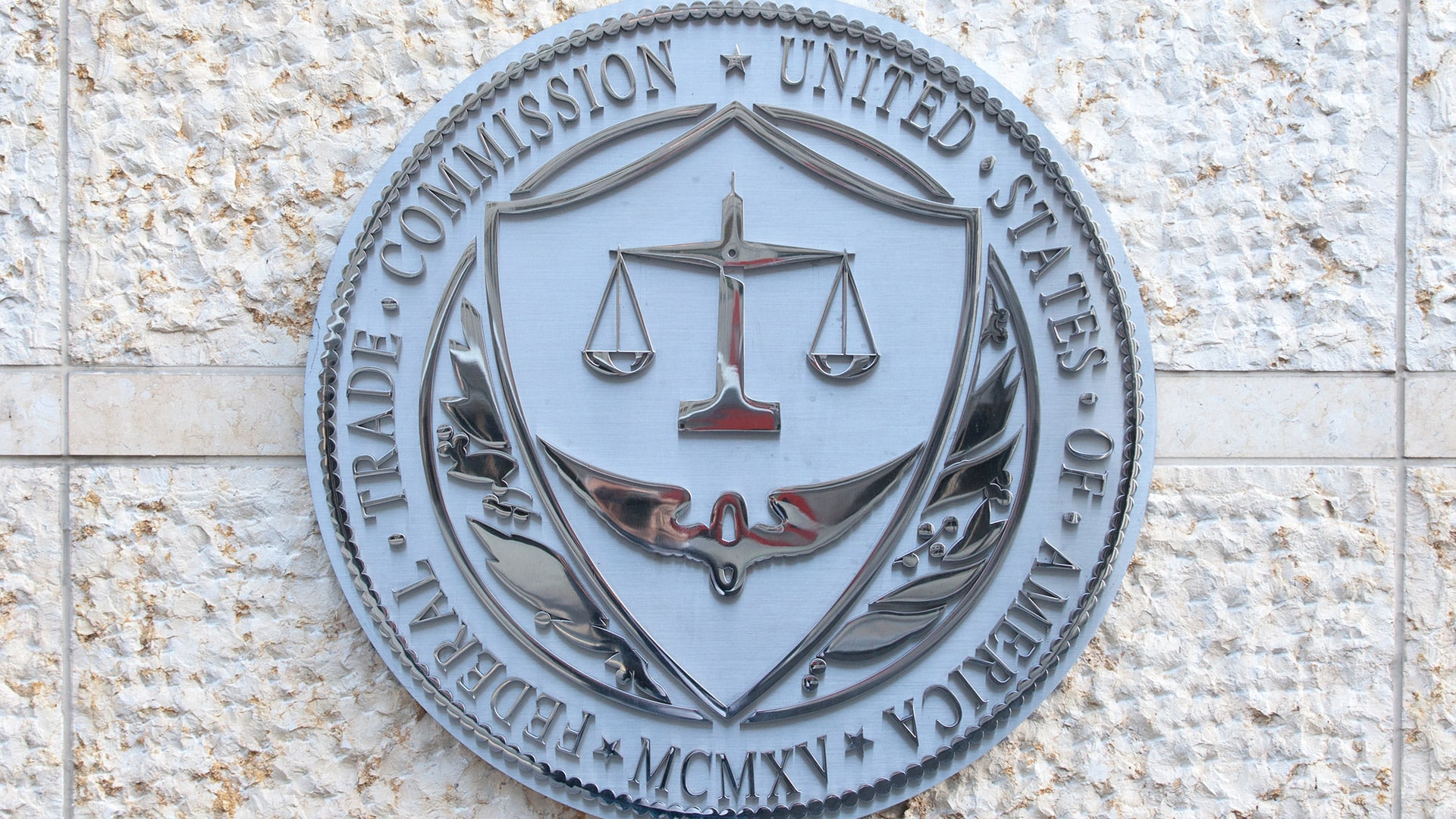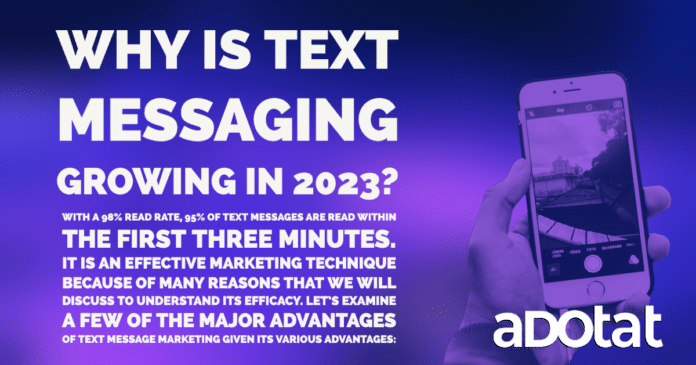The Business Opportunity Rule (“Bizz Opp Rule”) was first adopted in 2012. It applies to commercial arrangements where a seller solicits a prospective buyer to enter into a new business, the prospective purchaser makes a required payment, and the seller – expressly or by implication – makes certain kinds of claims. Without limitation, opportunities where a seller says it will help the buyer set up or run a business are covered. The Bizz Opp Rule generally exempts business opportunities that meet the definition of a “franchise.” Consult with an FTC defense lawyer to see if that that applies to you.
A covered seller has three key legal responsibilities that involve providing the prospective purchaser with specific information to help them evaluate a business opportunity and associated risks, including a disclosure document and an earnings claims statement. The seller must also comply with general truth-in-advertising principles, including avoiding deceptive practices.
The Disclosure Document
First, the seller has to provide a buyer a one-page Disclosure Document. To keep things simple the seller should use the standard form.
The seller has to provide the Disclosure Document seven (7) days before the prospective buyer signs a contract or pays any money for the business opportunity. The Disclosure Document must list key pieces of information: (i) Identifying information (e.g., company name, business address, telephone number, the sales person’s name, and the date the document was provided to the prospective buyer; (ii) Legal actions (the seller must disclose whether it, its affiliates or certain key personnel have been the subject of civil or criminal actions involving misrepresentation, fraud, violation of the securities laws or any unfair or deceptive practices – including violation of any FTC rule – within the past ten (10) years). If the answer is yes, the seller must attach information about those actions to the Disclosure Document; (iii) Cancellation or refund policy (the seller must check a box to say if there is a cancellation or refund policy. If so, the seller must attach to the Disclosure Document a statement describing the terms of the policy); (iv) Earnings (the seller must check a box stating whether it has expressly or impliedly made any representations about how much money a prospective buyer can earn. If the seller has done so, it must attach an Earning Claims Statement to the Disclosure Document; and (v) References (on the Disclosure Document, the seller is required to list contact information for at least ten (10) people that have purchase a business opportunity from the company.
If more than ten (10) people have purchased a business opportunity, the seller may list the ten (10) that live closest to the prospective buyer. If fewer than ten (10) people have purchased the biz opp, the seller must list everyone. Additionally, the seller has to update the list each month, until ten (10) people have purchased the biz opp. Further, the Disclosure Document must say clearly and conspicuously: “If you buy a business opportunity from the seller, your contact information can be disclosed in the future to other buyers.”
The prospective buyer is required to sign, date and return the Disclosure Document to the seller. The seller must ensure that it has attached any other documents the Bizz Opp Rule requires. Importantly, the seller is required to update the form every quarter.
If the seller promotes a business opportunity in a language other than English, the one-page Disclosure Document – along with the required disclosures – must be in that language. The Spanish-language form is made available by the FTC.
The Earnings Claim Statement
Second, if the seller makes a claim, expressly or by implication, about how much money a person can earn from the business opportunity, the seller must put the claim in writing. It is unlawful to make earnings claims unless reasonable evidence, including written materials, are on hand to substantiated such claims, prior to dissemination thereof. Such materials must be made available to a prospective buyer or to the FTC if they are requested.
If the seller makes an earnings claim, expressly or by implication, it must provide the prospective buyer a separate document that clearly says across the top EARNINGS CLAIM STATEMENT REQUIRED BY LAW.
What has to be on that document?
- The name of the person making the claim and the date
- The specifics of the claim
- The start and end date those earnings were achieved
- The number and percentage of your buyers who got at least that result
- Any information about the buyers who got those results that might vary from prospective buyers – for example, where they are located, and
- A statement that prospective buyers can get written proof for the earnings claims if requested
Not only must the seller possess written proof prior the dissemination of any promotional messages that substantiates all express and implied representations, the seller must also disclose certain information when making such claims. For example, the start and end dates the earnings were achieved and the number and percentage of buyers that obtained at least that result.
If the information the seller previously provided to a prospective buyer in the Earnings Claim Statement substantively changes the seller is obligated to inform the prospective buyer what those changes are, in writing, before the prospective buyer signs a contract or pays any money. And, like the Disclosure Document, if the seller promotes a business opportunity in a language other than English, the Earnings Claim Statement must be in that language, too.
FTC Lawyer Tips for Complying With General Truth-in-Advertising Principles
The Business Opportunity Rule reminds marketers that it is unlawful to engage in deceptive or unfair practices in the promotion, marketing or sale of any business opportunity. For example, if the seller tells a prospective buyer something in person, in an email, over the phone, or in any other ad or promotion, the seller is responsible for ensuring that it does not contradict what it said in its Disclosure Document or Earnings Claim Statement. It is unlawful to make contradictory verbal and written statements.
Other “dos” and “don’ts” include, without limitation:
- The seller should not include anything in the Disclosure Document or Earnings Claim Statement other than what the Business Opportunity Rule specifically allows
- Sellers should not mislead consumers about what other buyers have earned, what they might earn, or how much help the seller will give them. Under the law, it is illegal to deceive consumers expressly or by implication. Even if what the seller says is literally truthful, it still could be deceptive in context (e.g., a claim can be misleading if relevant information is omitted or if the claim implies something that is not true)
- Sellers should not tell people they will have exclusive territories if that is not the case. Sellers should be truthful in explaining the likelihood of finding locations, outlets or customers
- If a seller holds someone out as a successful buyer of the business opportunity, it has to clearly disclose if the seller has paid them, or has some other relationship or connection to them
- Sellers should not tell consumers that they are being offered a job if the truth is that consumers are being sold a business
Material terms of an offer – across all platforms being used to advertise – must be “clearly and conspicuously” disclosed (for example and without limitation, offer, price, frequency of charges, easy-to-use cancellation mechanism and deadline, affirmative assent, written acknowledgments and reminders, separate consent, etc.).
The Bizz Opp Rule also requires sellers to maintain certain records and make them available to FTC attorneys for three (3) years. For example, the buyer’s signed disclosure receipt, all executed written contracts and substantiation supporting earnings claims. The Bizz Opp Rule provides details on record keeping obligations.
Potential Changes to the Business Opportunity Rule From Business Coaching and Work-From-Home Programs, Investment Programs and eCommerce Opportunities
The Bizz Opp Rule currently applies to a “commercial arrangement” in which a “seller solicits a prospective purchaser to enter into a new business,” the “prospective purchaser makes a required payment, and the “seller, expressly or by implication, orally or in writing, represents that the seller or one or more designated persons will’ either (i) provide locations for the purchaser’s equipment, (ii) provide outlets, accounts, or customers for the purchaser’s goods or services, or (iii) buy back any or all of the goods or services that the purchaser makes or provides.
As set forth above, the Bizz Opp Rule requires sellers of biz opps to provide a specific type of disclosure document that includes information about potential earnings and substantiation of representations, legal actions, how to cancel, refunds and references that have purchased the biz opp within a specific time period. Importantly, the Business Opportunity Rule also includes a list of prohibited claims and misrepresentations and discusses how sales in languages other than English must be handled.
In late 2022, the Federal Trade Commission announced that it was exploring changes to the Business Opportunity Rule in order to encompass other kinds of money-making opportunities, including business coaching or mentoring programs, e-commerce opportunities and investment opportunities. In doing so, the FTC has also sought comments from the public on the Bizz Opp Rule’s effectiveness.
FTC lawyers have publicly stated that it aims to ensure that companies do not prey on consumers with false money-making opportunities. The agency invited the public to comment on the potential expansion of the Bizz Op/p Rule as well as the effectiveness of the rule as it presently exists. In her statement, FTC Chairperson Lina Khan states that “[t]he rule had served the public well over the years,” but “several varieties of scams . . . fall outside the scope of the existing rule, [including] certain kinds of business coaching and work-from-home programs, investment programs, and e-commerce opportunities.” Chairperson Khan asserts that “case-by-case enforcement has key limitations—especially after the Supreme Court’s AMG decision” that held that the FTC lacked authority to obtain equitable monetary redress under Section 13(b).
The Advance Notice of Proposed Rulemaking on the Business Opportunity Rule does not identify specific proposals. However, it does highlight that work-from-home programs, investment coaching programs and ecommerce opportunities as potentially being within the scope of the Business Opportunity Rule. Something that the FTC almost certainly wants to broadly expand upon.
Note, the Advance Notice of Proposed Rulemaking on the Business Opportunity Rule mentions that the FTC may consider previously submitted comments in another Advance Notice of Proposed Rulemaking about “earnings claims.” In fact, the FTC notes that it “solicited and received comments about the following industries: multilevel marketers, for-profit schools, and gig platforms.” It will be interesting to see how modifications to the Business Opportunity Rule may conflict with similar local, state and/or federal business opportunity legal regulatory requirements.
FTC Notices of Penalty Offenses
While the FTC explores potential changes to the Business Opportunity Rule, in 2021 the FTC announced that it has placed businesses on notice that false money-making claims could lead to significant monetary penalties. Specifically, the FTC placed more than 1,100 businesses that pitch money-making ventures on notice via Penalty Offense Notices that if they deceive or mislead consumers about potential earnings, the FTC will not hesitate to use its authority to target them with large civil penalties.
Penalty Offense Notices are another method in the FTC’s remedial arsenal to hold companies and individuals accountable by imposing financial penalties for illegal acts. Under § 45(m)(1)(B) of the FTC Act, the FTC may notify companies that certain acts or practices have been found in litigated administrative decisions to be deceptive or unfair. Once a company or individual has received a notice listing relevant claims or conduct, it has “actual knowledge” that those practices violate the law. Should the company or individual then engage in those acts or practices, the FTC may sue in federal court, seeking civil penalties in excess of $40,000, per violation.
Penalty Offense Notices concerning money-making opportunities sets forth certain acts or practices that it has determined to be unfair or deceptive in violation of the FTC Act, and that are used to attract participants to money-making opportunities. You can see the Notice, here. And, the sample cover letter, here.
Companies receiving the Notice also received a copy of the recently issued Notice of Penalty Offenses concerning endorsements and testimonials, as companies frequently use testimonials to advertise money-making opportunities. Together, the notices make clear that it is illegal to use testimonials to mislead consumers about the rewards of participating in a money-making opportunity.
Richard B. Newman is an FTC CID lawyer at Hinch Newman LLP. Follow him on National Law Review @ FTC Defense Lawyer.
Informational purposes only. Not legal advice. May be considered attorney advertising.


